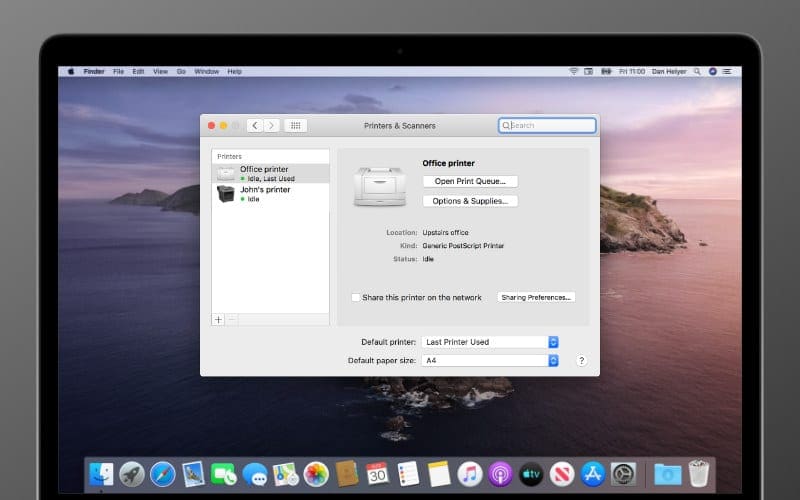Apps from the Mac App Store: Applications you install from the Mac App Store are considered the most trustworthy, as they’ve gone through an Apple vetting process and are hosted by Apple themselves. They’re also sandboxed, although this is a reason why many app developers don’t use the Mac App Store. MacOS Big Sur elevates the most advanced desktop operating system in the world to a new level of power and beauty. Experience Mac to the fullest with a refined new design. Enjoy the biggest Safari update ever. Discover new features for Maps and Messages. And get even more transparency around your privacy.
I’m new to Apple as well as this group. I'm not sure if this is the right Community for what I think is real an issue with software. If I'm in the wrong community I apologize and would appreciate being directed to the correct one. .
I'm using an older MacBook Pro with OS-X 6.8. I’m using Office 2011 for Mac. I have an .xls workbook with a number of worksheets in it. I’ve to have the workbook open each time I open Excel and it does.

In Excel’s Settings I have checked “Show sheet tabs”. Before closing the workbook I have also checked to make sure that the “Windows of Open Workbook is checked and it is. However whenever I reopen Excel after previously shutting down the computer, and occasionally when I close Excel and reopen it in the same computer session, “Windows of Open Workbook” has mysteriously come unchecked and my tabs do not appear at the bottom of the workbook. Can this be stopped and if so how?
MacBook Pro, iOS 6.1.4, 10.6.8
Posted on Aug 5, 2013 6:00 AM
By default Mac doesn’t show you the Root directory in Finder or Desktop. In this guide, I will show you how to access the root directory in Mac, there are several ways to do it. I will also tell you how to see the hidden directories in root directory.
Method 1: Show Macintosh HD in Finder and Desktop
In Mac, the root directory can also be referred as Macintosh HD as this will show you the root directory files and folders. By default you won’t find it in Finder and desktop as most of the users do not need to access the system files and folders. However you can change the settings in Finder Preferences to show it in Finder sidebar and as an icon on desktop.
To do this: Open Finder, go to Finder Preferences from the top finder menu and check the Hard disks option in General tab. This will show the Mac HD on Desktop.
To show the Mac HD in Finder sidebar: Open Finder, go to Finder Preferences from the top finder menu and go to Sidebar tab then check the Hard disks sub option listed under Devices. This will make the Macintosh Hd visible in finder sidebar.
Note: Refer this guide to read this in detail along with the screenshots: Show Mac HD in Finder and Desktop.
Method 2: Go To Folder option in Finder
You may not know this but there is a Go to Folder option in Finder that opens up a dialog where you can type the path and it would open up the content of given path in Finder.
You can use this option to open the root directory, all you have to do this is type the
To open this, Open Finder, in the finder menu under Go tab select Go to Folder.
This will open up this dialog box. Type
Method 3: Using command line
You can also access the root directory from command line. To do this: Open terminal: Press
Type the following command in terminal and hit

Note: There is a space between open and
Show hidden files and sub directories in root directory
By default the root directory will not show you the directories like /usr, /bin, /etc etc. To make them visible you need to show the hidden files.
Open terminal and type the following command and hit return.
Don't Look At Greg Mac Os X
Refer this guide to read about it in detail: Show/hide hidden files in Mac